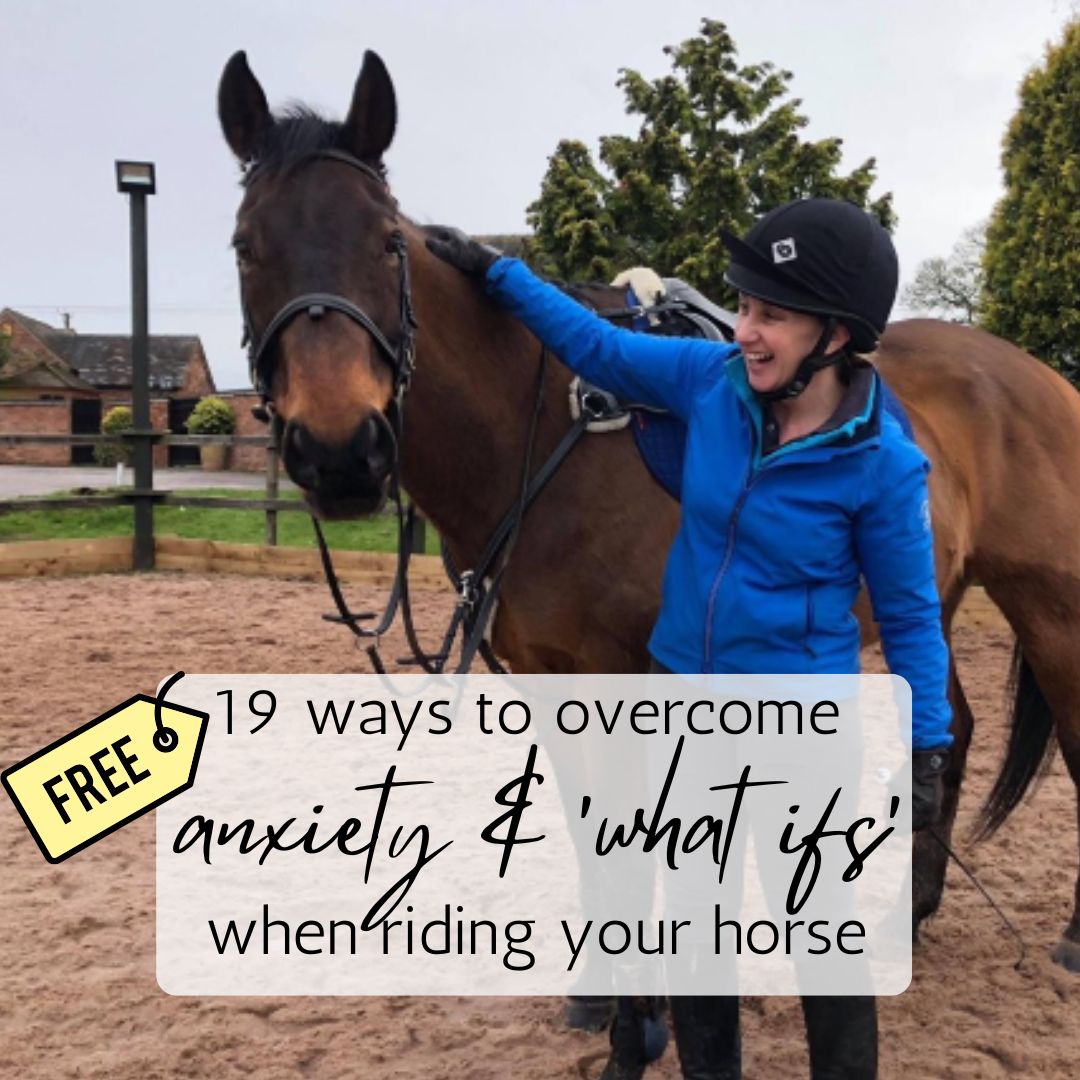Improve your horse’s straightness
www.theeverydayequestrian.co.uk
Most horses start their ridden career with a degree of one-sidedness; just as we prefer to use one hand over the other, or curl our legs up a certain side when we’re sitting on the sofa while watching TV, horses also find things easier and more comfortable on one side of their body when compared to the other.
The challenge for us as riders is to resolve our own asymmetries and bad habits, alongside those of the horses we ride. But that’s really tough isn’t it? We somehow have to ride as straight and as evenly as possible, and select & effectively ride exercises which will help our horses to become more straight too.
What do we mean by ‘straightness’ in the horse? At a basic level, straightness is the ability of the horse to move with his hindquarters following the same tracks as his forehand. So the horse can be straight on a straight line andstraight when travelling on a circle; think of him on ‘train tracks’ which represent both sets of legs on each side!
From the rider’s point of view, straightness comes from being able to control the positioning of the horse’s shoulders. However, this can only happen when the horse is propelling himself forward with his hindquarters, in a suitable rhythm and balance.
From the horse’s point of view, straightness comes from both lateral (side to side) and longitudinal (poll to tail) suppleness.
So what does this mean for us ‘normal’ horse riders? Here are my top tips to improve your horse’s straightness:
- Identify how straight your horse is!
Get a friend to video you from in front and behind on the centre line, in walk, trot and canter. You’ll soon be able to see where your horse’s shoulders and hindquarters are in relation to each other.
- Use arena mirrors
Find a local arena with mirrors and watch how your horse moves while riding straight towards the mirrors. Again, this will show you in ‘real time’ where your horse’s body is in ‘space’.
- Learn to feel when a horse is straight
Ok, this can be a tough one! In a secure area, under supervision, and if it’s safe to do so, briefly close your eyes and see if you can feelwhether your horse’s hind legs are pushing equally under his body (you should feel this in the upwards push under each seat bone, so does each seat bone move equally in the same way?)
- Learn to ride lateral exercises
By asking the horse to move forwards and sideways at the same time, we begin to improve the horse’s suppleness, but more importantly the rider begins to feelwhere the horse’s shoulders are in relation to the hindquarters. Start with turn on the forehand, then build in simple leg yield and progress to my favourite lateral exercise, shoulder in!
- Use poles
Poles are not just for show jumpers! They can help every rider in countless different ways, however in terms of straightness, they can be a game changer. Set out a pairs of poles approx. 4ft apart, and simply ride between them. Use both reins, through walk, trot and canter; challenge yourself to ride straight transitionsbetween the poles.
- Physio & ‘carrot stretches’
Treatment by a suitably qualified equine physio (check to see if they’re on the Register of Musculoskeletal Practitioners – www.rampregister.org/), can massively help you horse to become symmetrical in his movement. Supported with appropriate stretches provided from the professional, you can help maintain his suppleness and identify stiffness & soreness at an early stage. Any undue tightness & stiffness in the horse’s body, or indeed the rider’s, will have an impact on the horse’s ability to move straight.
By improving your horse’s straightness, you’ll not only improve his responsiveness, skill level and overall way of going, but you will also be embedding correct, symmetrical movement patterns which will hopefully make him more sound, strong and capable of being ridden into his veteran years.
That’s got to be a good thing, right?

